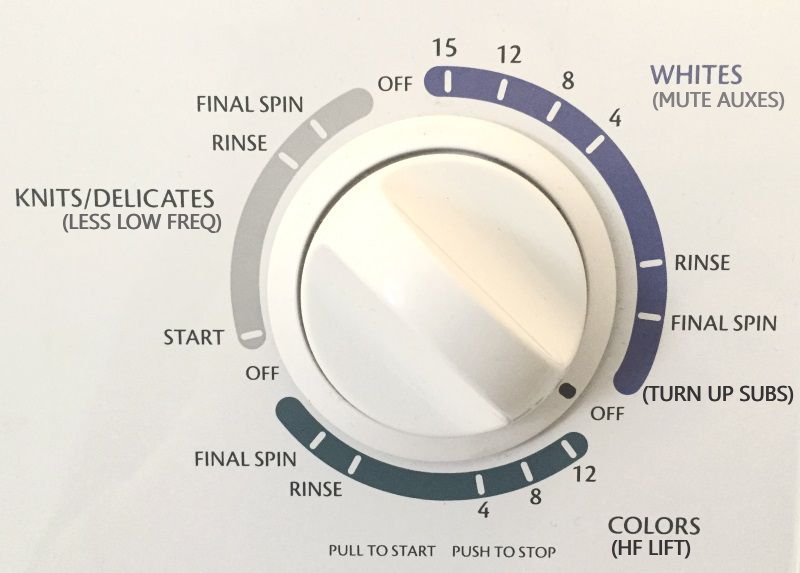
Sometimes there’s nothing better than a big knob. Or a big switch. Turn the dial, or press the button. Alexa, Siri, Google Home? Or just reach out and physically adjust a real control. Whilst voice control feels very sci-fi and possibly has its place for internet searches and complex remote control, is it really more convenient to have to say “Alexa, change the TV channel to BBC2” or “Alexa, turn on the living room lights” than just picking up your TV remote and pressing the button, or getting up from your chair and flicking the switch on the wall? Most of us don’t live in mansions so the walk isn’t so far…!
Anyway – let’s get back to the topic – knobs and switches…DPA (and Delta) amplifiers have just got simpler with a great functionality update – the general purpose input/output port is now active! This means a multitude of remote options are now literally at your fingertips via the connection of the most basic remote hardware – some switches and some potentiometers.
What can I do?
There are a variety of things that can be controlled via the GPIO port:
1) Standby – simplest of all – connect a switch, switch the amp off. Switch it back on.
2) Mutes – again – kept simple, but a little flexibility – connect a switch and set a system mute (all outputs – original setting restored when turned off), OR set an alarm mute (inputs A,B&C muted – leaving D open for emergency evac. use).
3) Volume control – VCA mode allows pairs of inputs to be turned up and down (A&B, C&D, or all four together).
4) Switch settings – in other words, recall a memory – a simple switch can swap between to set-ups; a rotary selector can switch between one of eight memories.
How do I choose?
Simple – there’s a list of preset configurations to choose from in the GPIO Interface menu – there are two inputs that can be used, and the most useful combinations of options are listed for you to select which works best for you – for example VCA control of inputs A&B on one port, and standby control on the other, or perhaps just two scene changes on one port and system mute on the other.
One control, many amps…
The input side of things has another trick up its sleeve – remote relay of the commands via the RS485 bus. See? It’s STILL got a use 😉
Changes using the GP inputs can be sent as a command to other DPA amplifiers to make them do the same thing – the interface on the other amps will need to be set to either “RS485 only” mode, or if Ethernet control is being used, the RS485 sub-mode will need to be set to “Simple” as these remote messages use the simple remote protocol (see the TechNote on the SRP update here).
Assuming the amps have a connection via their RS485 ports, any changes will now happen to them as well.
Choose which GPI port controls are relayed when setting up the GPI modes.
GP Outputs as well as Inputs…
The observant among you will have noticed this is called a “GPIO” port.
OK, so it doesn’t – it stands for “Output”, and apart from having the same number of letters and and starting with “o” and ending with “t”, there the similarity ends. The output pins on the port are fixed in their operation and can signal if the amplifier is in “protect”, or if it has been switched into standby – so basically flag up if anything would stop it playing music.
And finally – how to connect and use the GPIO Port
This is what you came for. First firmware version to support the GPIO functionality is 1.29 across all DPA and Delta DSP amplifiers.
There is an updated manual appendix that covers all the set-up info and has lots of useful examples of how to connect switches, pots, LEDs and relays to the port, and this info is also available as a TechNote here.




